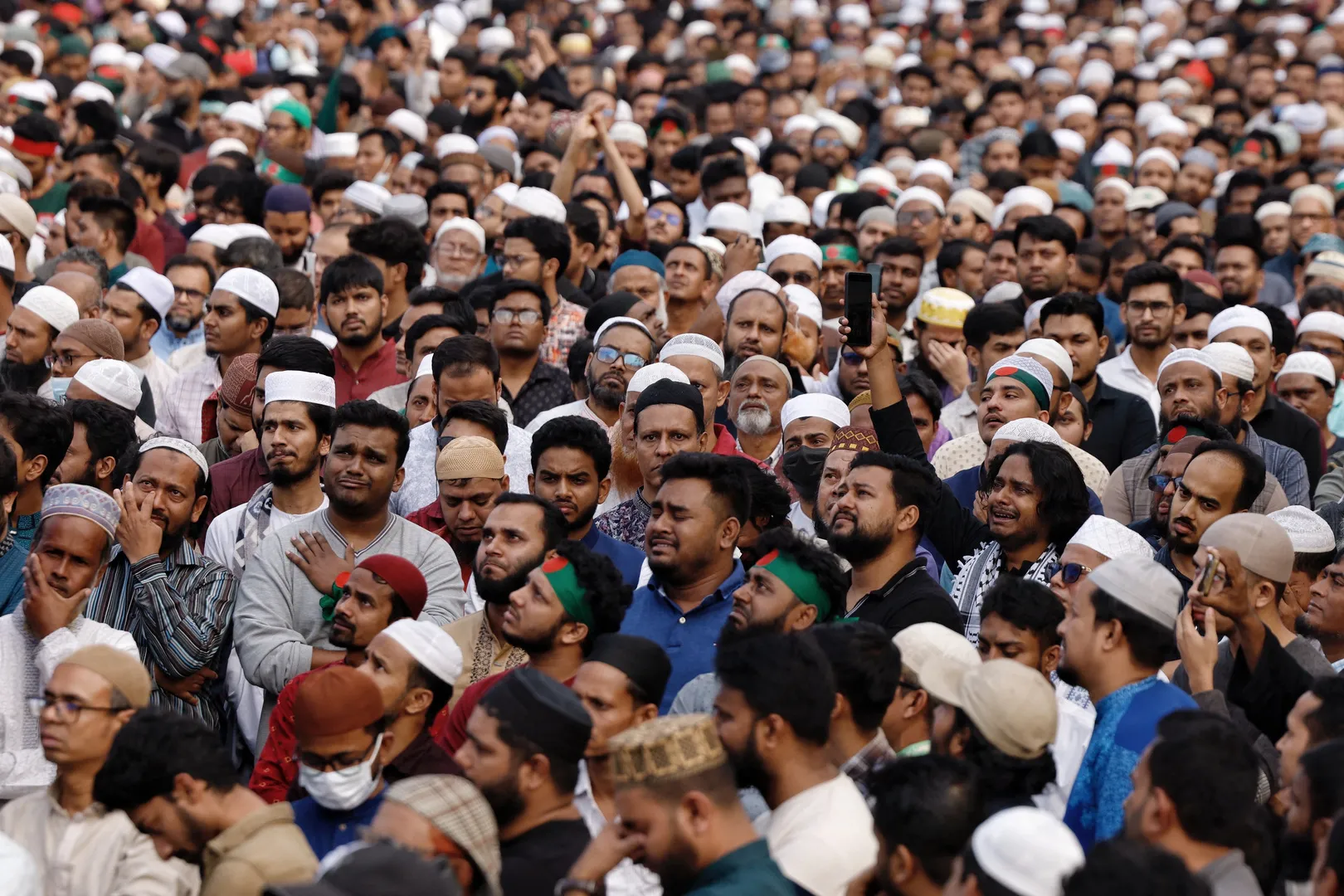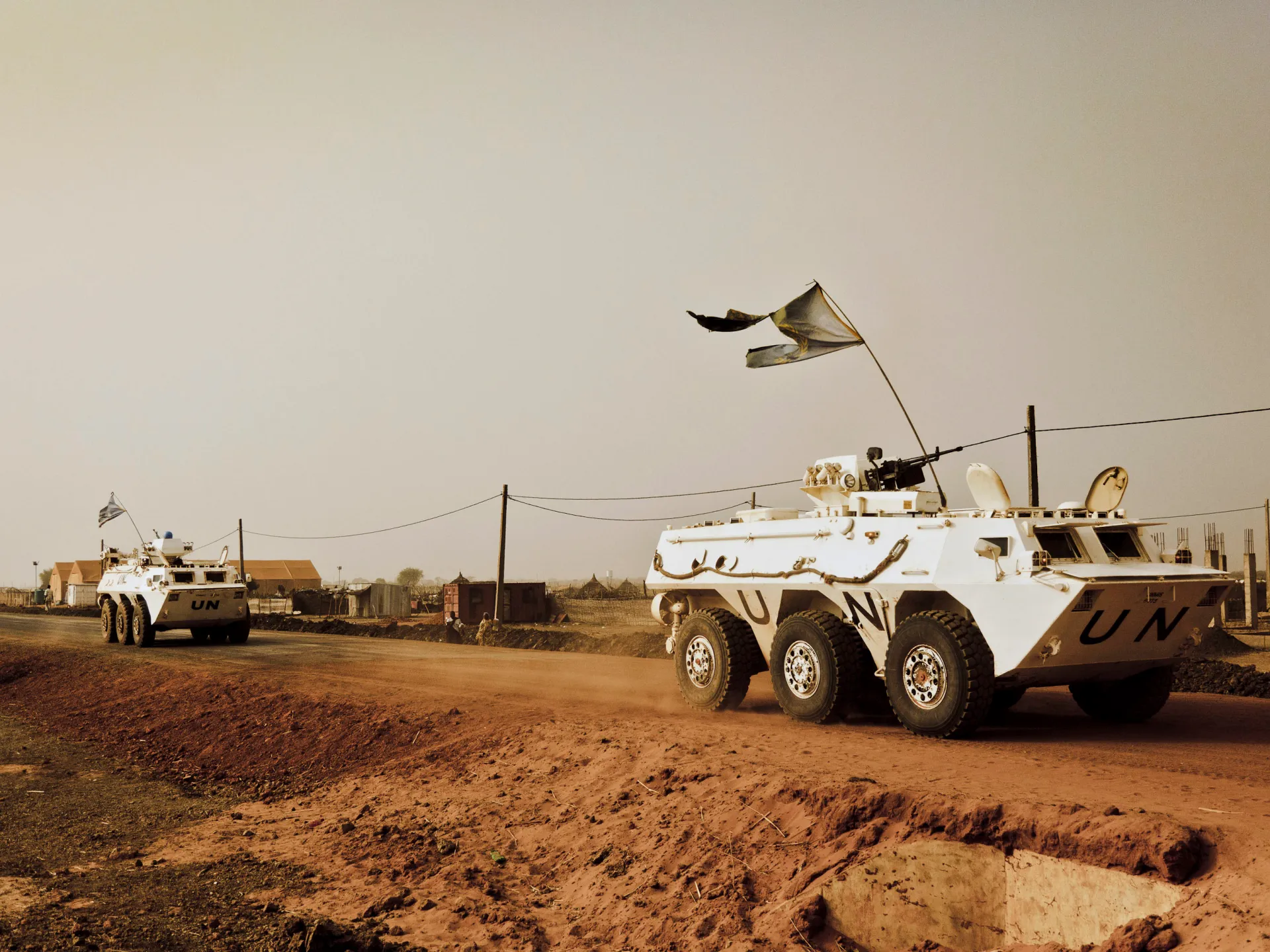Bangladeshi President Mohammed Shahabuddin, elected unopposed in 2023 as a nominee of the Awami League, has announced his intention to step down midway through his term following February’s parliamentary election. His decision comes amid tensions with the interim government led by Nobel laureate Muhammad Yunus.
Although the presidency in Bangladesh is largely ceremonial, Shahabuddin gained national prominence during the student-led uprising in August 2024, when Prime Minister Sheikh Hasina fled to New Delhi and parliament was dissolved. During this period, Shahabuddin remained the last constitutional authority in the country.
Conflict with Interim Government
Shahabuddin described feeling sidelined by Yunus, citing instances such as being excluded from meetings, the removal of his press department, and the sudden elimination of his portraits from Bangladeshi embassies worldwide. “A wrong message goes to the people that perhaps the president is going to be eliminated. I felt very much humiliated,” he told Reuters in his first media interview since taking office.
Despite these grievances, he affirmed that he would remain in office until elections are held, respecting constitutional norms, and would allow the next government to determine his successor.
Political Landscape Ahead of Elections
Opinion polls suggest the Bangladesh Nationalist Party (BNP) and hardline Jamaat-e-Islami are the leading contenders to form the next government. Shahabuddin has emphasized that no party has asked him to resign in recent months, and he maintains regular contact with Army Chief General Waker-uz-Zaman, who has assured him of no intention to seize power.
Military and Democratic Context
Bangladesh has a history of military intervention in politics, but Shahabuddin indicated that the army leadership is committed to democratic processes. During the August 2024 protests, the military largely stayed out of the conflict, which helped shape the political transition.
Personal Analysis
Shahabuddin’s planned resignation reflects a deeper struggle over the symbolic authority of the presidency amid political instability. Although the role is ceremonial, the treatment he received from the interim government appears to have eroded his sense of institutional respect. His public statements highlight not only personal frustration but also the fragility of democratic norms in transitional periods.
Furthermore, the situation underscores the delicate balance between civilian authority and the military in Bangladesh, where past interventions have shaped governance patterns. By signaling his willingness to step down while remaining constitutionally compliant, Shahabuddin seeks to preserve institutional legitimacy while avoiding direct confrontation, potentially smoothing the path for the incoming administration and reducing political friction in a tense electoral environment.
Overall, his resignation would mark a symbolic transition, emphasizing both the limitations of the presidency in Bangladesh’s political system and the ongoing influence of military and interim authorities in shaping the political landscape.
With information from Reuters.


